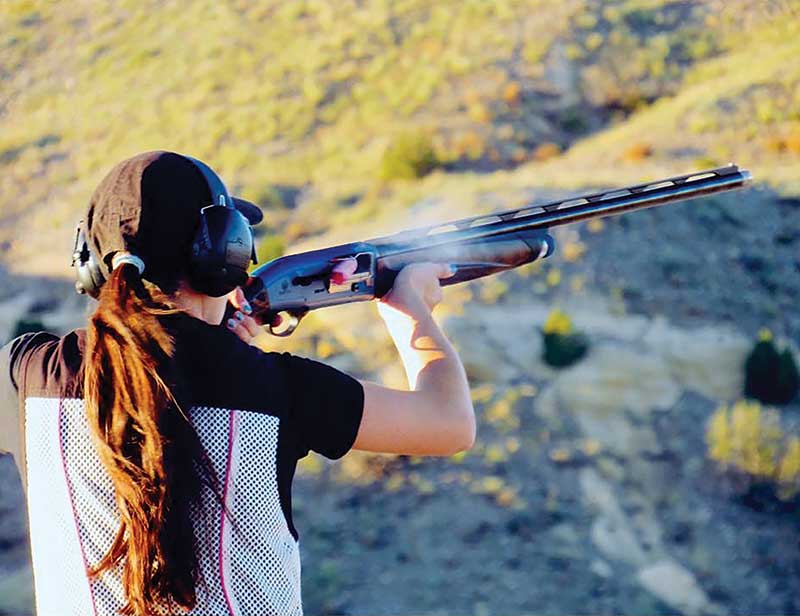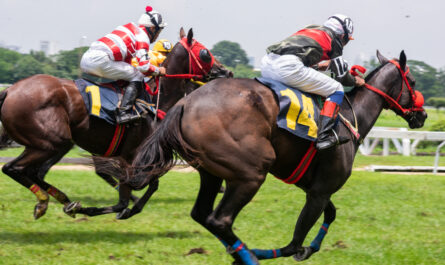Due to released pressure and the physics principle that states every force has an opposite reaction, whatever one shoots from any gun, such as a shotgun, it will produce some recoil. Many shooters experience recoil-related problems.
A negative early encounter can be quite detrimental. Wear appropriate clothing, a shotgun recoil pad, and excellent ear and eye protection to increase early confidence. Correctly identifying eye dominance is also essential. Below, one learns what recoil is, how it is produced, how to prepare, and how to help lessen its force. Knowing recoil is a fantastic method to help prevent it from ruining the shooting experience.
Page Contents
A Guide To Gun Recoil
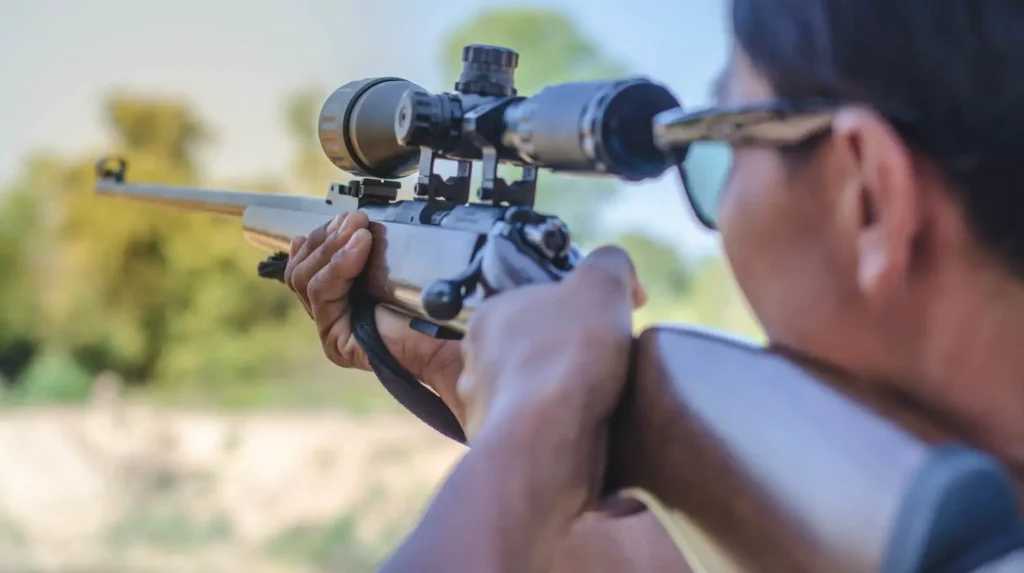
The gun is holding a tremendous amount of pressure, which expands and contracts with each trigger pull. Although the sequence of operations that triggers the release of a bullet is intricate, it only requires a fraction of a second. The dynamics of the gun require extraordinary energy forces, all contained in a small and light handgun.
Consider that the following events will all occur in close succession and within the span of a single gunshot. This action sets off a series of events that depresses the firing pin through the hammer with sufficient force to light the primer at the cartridge case’s end. The chemical reaction produces an explosive force that ignites the powder, causing gasses to accumulate. When everything is contained within such a small space, the pressure tries to escape by being forced through the barrel.
The bullet is pushed forward by the force of these escaping gasses and discharged out the end of the muzzle since it is placed at the front of the cartridge. The gun is forced to slide backward due to the abrupt release of pressure that occurs all at once in front of the weapon, which helps to explain the Third Law of Newton that every reaction always has an equal and opposite reaction.
Recoil Preparation Techniques
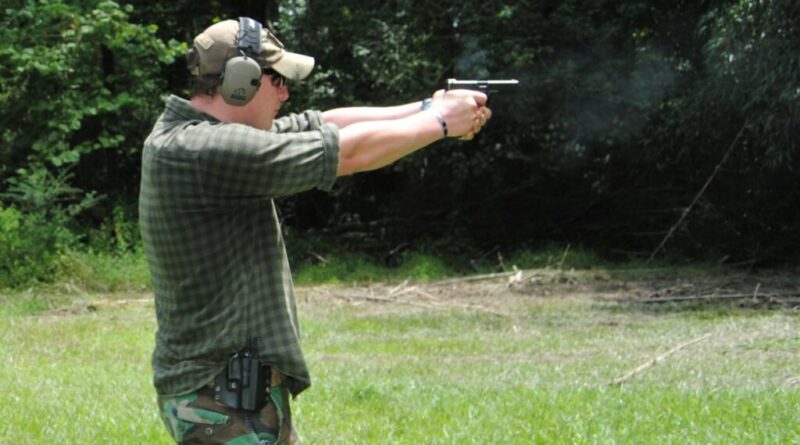
The recoil force can be fairly high, especially for novice or young shooters. When unanticipated, it can be unsettling and even deadly if not appropriately anticipated.
Recoil, also referred to as kickback, can lead to poor shooting habits, particularly if prior experiences were painful or uncomfortable. The unskilled shooter who either never had proper guidance or needed to pay attention effectively is the root of most recoil issues. Even a more experienced shooter might form undesirable shooting habits related to the kickback sensation. Common problems include overcompensation, flinching, and anticipation can reduce shooting accuracy and pleasure.
Closing one’s eyes while firing, excessive tensing and bracing, physically moving one’s hands, arms, or shoulders upon pulling the trigger, changing where the buttstock rests on the shoulder, leaning back, shifting one’s feet, or missing the target entirely are all warning signs of recoil issues.
1. Rules And Caliber
If one is a beginner, or even if not, go over the fundamentals again with a teacher or someone who feels at ease offering constructive comments about shooting. Sometimes even the slightest adjustment can have a significant impact.
Lightweight firearms may also make one feel more of the force produced, whereas larger caliber weapons have more recoil. Working with a low-caliber with a respectable weight is crucial to reduce kickback and increase shooting comfort.
2. Observer Or Making A Video
One can examine the stance and flinching behaviors by recording a video, using a spotter that looks out for undesirable habits, or even just by oneself. It becomes very easy to develop negative habits, making the ability to see them break them a priceless tool.
3. Handling And Dry Firing
Laser training and dry firing allow for practicing the fundamentals of moving, handling, and pulling the rifle’s trigger without feeling any recoil. Developing these muscle memories is a fantastic way to lay the groundwork for recoil and resetting the mind and body.
4. Proper Protection
When shooting, the appropriate protection must be worn. Everyone on the range should wear a hearing guard regardless of whether someone is shooting. The feel and the sound of pressure release might cause problems with flinching. One can purchase a shoulder pad or hand protection if one struggles with the kickback produced when shooting a shotgun or rifle.
5. Size And Length Of Firearms
Feeling recoil may increase if a gun is too long for one’s body type and size. For comfort and control, having the right length for rifles and shotguns is crucial. Moreover, comfort and control can be affected by the width of the handgun grip. Don’t be afraid to raise, dry fire, adjust, and shoot different guns to select an ideal firearm.
How To Lessen A Handgun’s Recoil
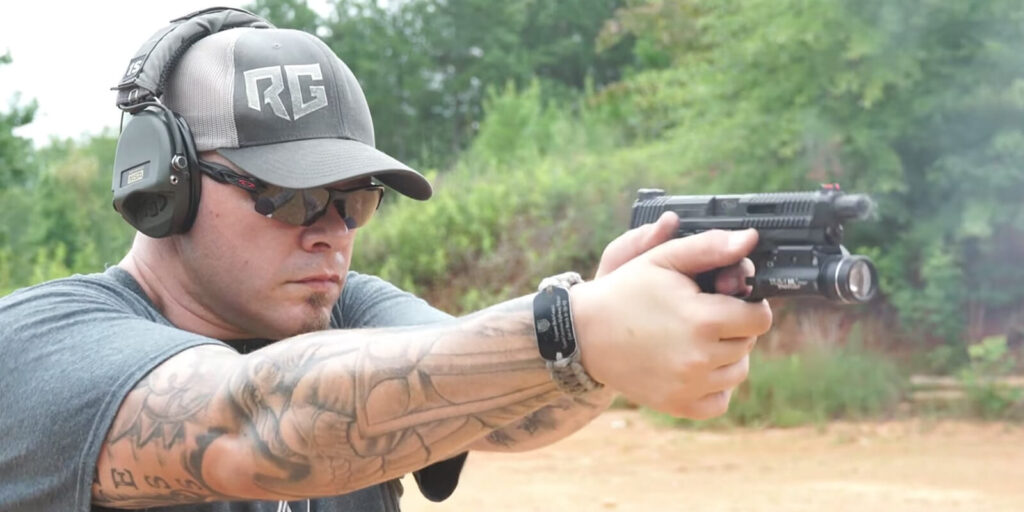
There aren’t multiple accessories available for handguns that could improve shot accuracy depending on recoil. The common visual recoil force is the barrel lifting, and the bullet has already exited the muzzle. Therefore, accuracy is unaffected. Problems arise when the shooter anticipates this increase, overcompensates or lifts the barrel.
The greatest way to lessen felt recoil is to practice correctly holding the gun and stance. This can be mitigated and made more comfortable by selecting a heavier frame for one’s preferred ammunition.
How To Decrease A Rifle Or Tactical Pistol’s Recoil
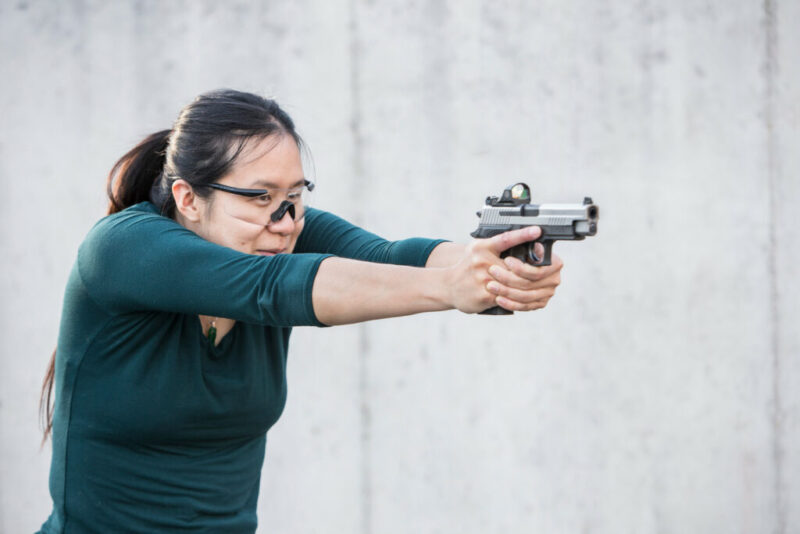
The easiest arms to reduce recoil are tactical pistols and rifles since their barrels are designed to be easily modified with muzzle devices. It makes little difference if one is shooting a tactical-style rifle or bolt action because most barrels are already threaded to receive devices; if not, a gunsmith can quickly fix the problem.
A comfortable shooting experience greatly benefits from picking a weapon that fits the shooter. Yet this is also a simple remedy because most buttstocks can be adjusted. The greatest technique to relieve the pressure is to use a device that lowers recoil in addition to becoming familiar with and practicing with the pistol.
Compensators and muzzle brakes are made expressly to lessen felt recoil and steady the barrel. Both can reduce the force of emitted gasses and prevent muzzle lift or flip. Brakes can reduce recoil by 50%, making it much simpler to shoot heavier caliber pistols and rifles.
How To Decrease A Shotgun’s Recoil
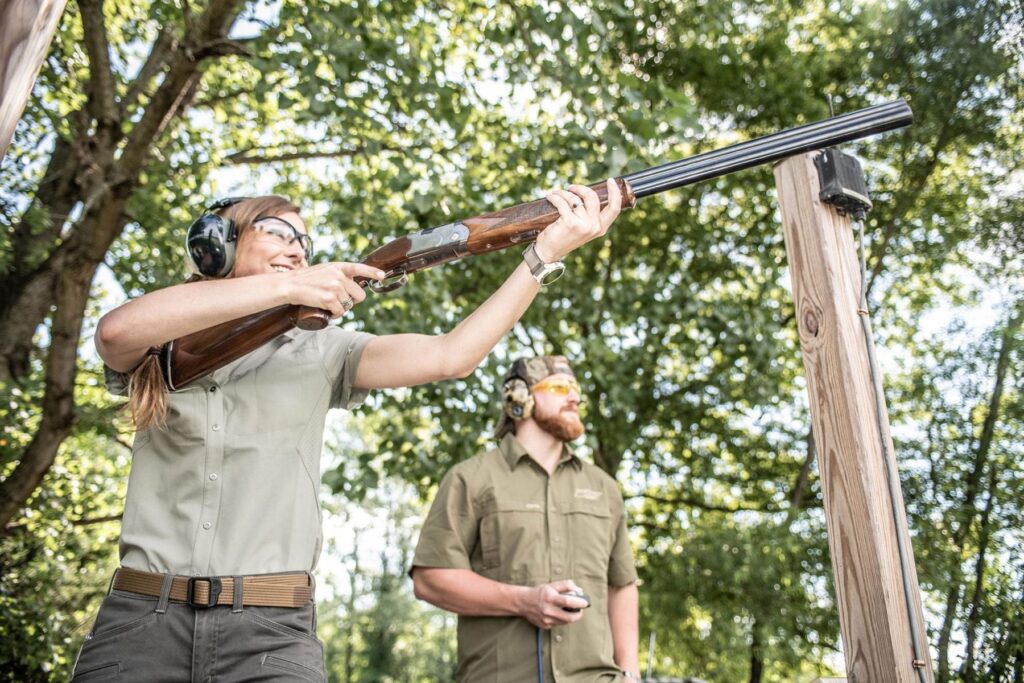
Shotguns have different remedies than rifles since they don’t require as much charge as a rifle cartridge, and recoil is caused by escaping gasses after combustion. Moreover, shotgun barrels are threaded for choking, a tool that aids in controlling the shooting pattern.
Conclusion
Hopefully, this post has provided shooters with a better understanding of recoil, enabling you to take charge and strive towards more accurate shooting and a pleasant shooting range experience. When recoil becomes a problem, one needs to take advantage of everything, including selecting the best firearms, practicing with them, becoming familiar with how to handle them, and using equipment made just for that purpose.
